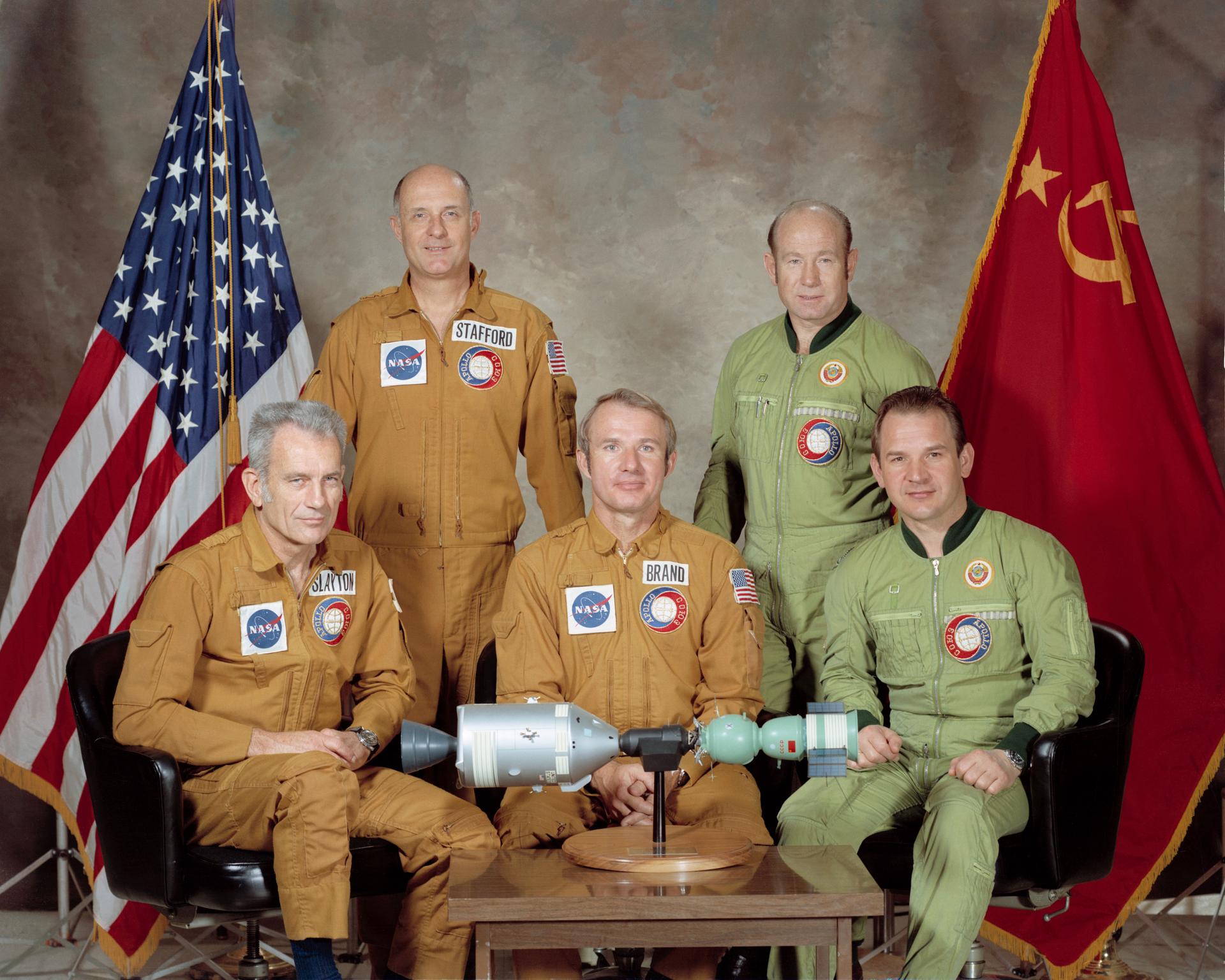nordic-circus.org – In the midst of the Cold War, a remarkable event unfolded that symbolized not only the pinnacle of human achievement in space exploration but also the potential for international cooperation amidst global tensions. The Apollo-Soyuz Test Project (ASTP), conducted in July 1975, was a joint space mission between the United States and the Soviet Union, marking the first international space rendezvous and docking between a US Apollo spacecraft and a Soviet Soyuz spacecraft. This historic handshake in space was a testament to the power of diplomacy and the shared human aspiration to explore the cosmos.
The idea of a joint space mission between the two superpowers emerged in the late 1960s, as both nations sought to capitalize on their space programs’ achievements and to ease political tensions. The ASTP was not only a technical challenge but also a diplomatic one, requiring negotiations and agreements on everything from the design of the docking mechanism to the language used during the mission. The project was a beacon of hope, showcasing that even in the face of ideological differences, nations could come together for the common good.
The mission itself was a marvel of engineering and human endeavor. On July 15, 1975, the Apollo spacecraft, carrying astronauts Thomas P. Stafford, Vance D. Brand, and Donald K. Slayton, was launched from Kennedy Space Center in Florida. Two days later, the Soyuz spacecraft, with cosmonauts Alexei A. Leonov and Valeri Kubasov aboard, lifted off from the Baikonur Cosmodrome in Kazakhstan. The two spacecraft, representing the pinnacle of their respective nations’ space programs, approached each other in orbit.
The docking maneuver was a delicate operation, requiring precision and coordination between the two crews. On July 17, 1975, the Apollo and Soyuz spacecraft successfully docked, creating the world’s first international space station. The symbolic handshake between Stafford and Leonov, broadcast to millions around the globe, was a powerful moment that transcended politics and national pride. It was a gesture of peace and cooperation, a sign that humanity could work together to achieve great things.
The ASTP was more than just a technical achievement; it was a diplomatic triumph. The mission laid the groundwork for future international space cooperation, leading to projects like the International Space Station (ISS). It demonstrated that even in the most competitive and tense environments, there is room for collaboration and mutual benefit.
The Apollo-Soyuz Test Project remains a shining example of what can be accomplished when nations set aside their differences and work together towards a common goal. It was a mission that captured the imagination of people around the world, inspiring future generations of scientists, engineers, and astronauts. The historic handshake in space was a reminder that, despite our differences, we are all citizens of Earth, united in our exploration of the universe.
